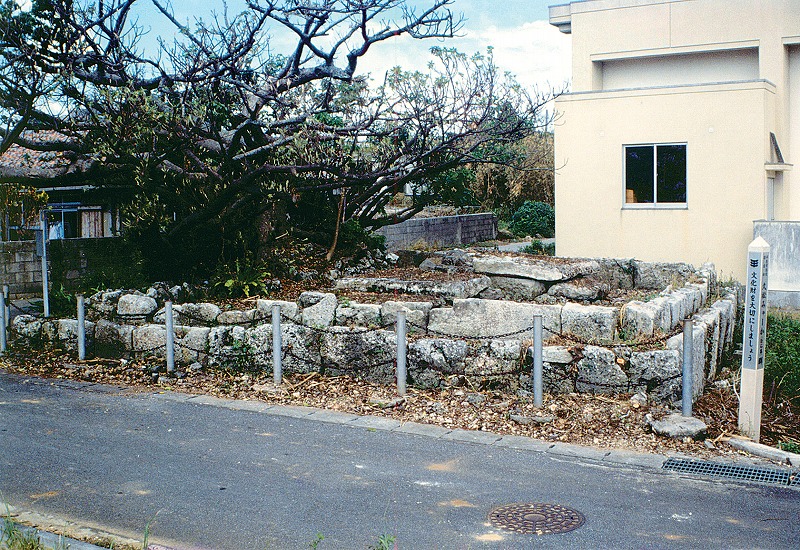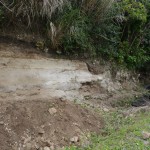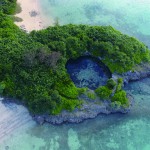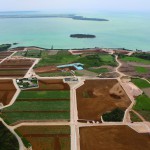【Designated by the City:Structure】Hisamatsu Myaka (Giant Rock Tomb) Cluster
It is estimated that there were numerous Myaka tombs in the past, spreading out over the two hamlets of Kugai and Matsubara. However, only four tombs can be observed today. The Myaka have been referred to as “Busagi” in Hisamatsu, since long ago. From the research reported by both Kenpu Inamura and Erica Kaneko, it is estimated that the tombs were constructed from the 14th to the 16th centuries.
According to the theories of Inamura, the Myaka tombs were “Fuso-bochi tombs native to Miyako that progressed to massive graves up until the end of the 15th century. Later, the local tombs became vertical openings, influenced by those from Okinawa Island.” Further, according to Kaneko’s theory, the tombs were “constructed by a group of finely skilled people that migrated here from the continent who had left their land to avoid turmoil during the transition period between Yuan and Ming dynasties around 1360.”
The Kugai Busagi is said to be the tomb of Akaudatiuya, the father of Utsumega, who was the wife of Nakasone Tuyumya. As the peoples’ skills in constructing stone structures greatly advance during the time of Nakasone Tuyumya, the Hisamatsu Myaka tomb cluster is considered to be of significant importance in understanding the history of Miyako during the ancient period of the Ryukyu Kingdom.
≫View on a Google Map
 宮古島アプリの綾道(あやんつ)トップページ
宮古島アプリの綾道(あやんつ)トップページ 宮古島アプリの綾道(あやんつ)の内容
宮古島アプリの綾道(あやんつ)の内容 宮古島の3つのルート
宮古島の3つのルート 宮古島市長のあいさつ
宮古島市長のあいさつ 宮古島文化遺産紹介
宮古島文化遺産紹介








